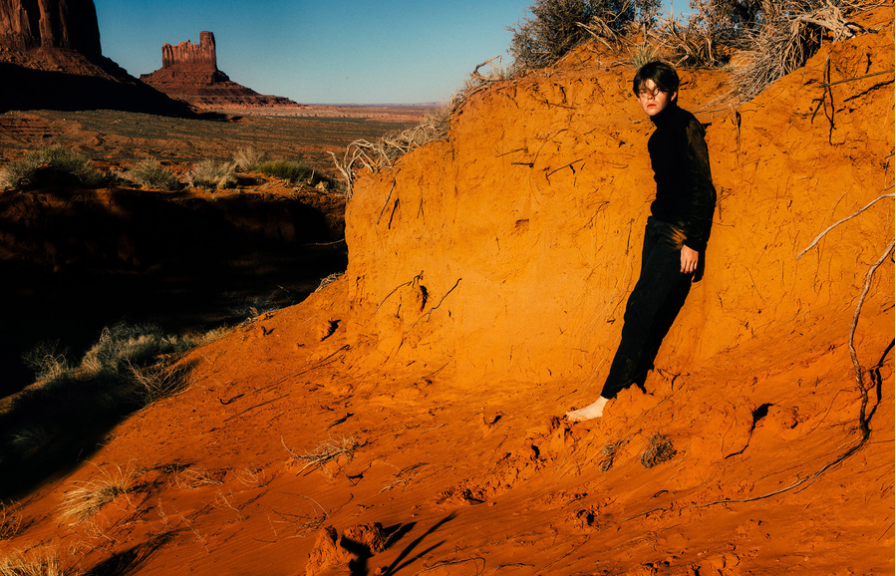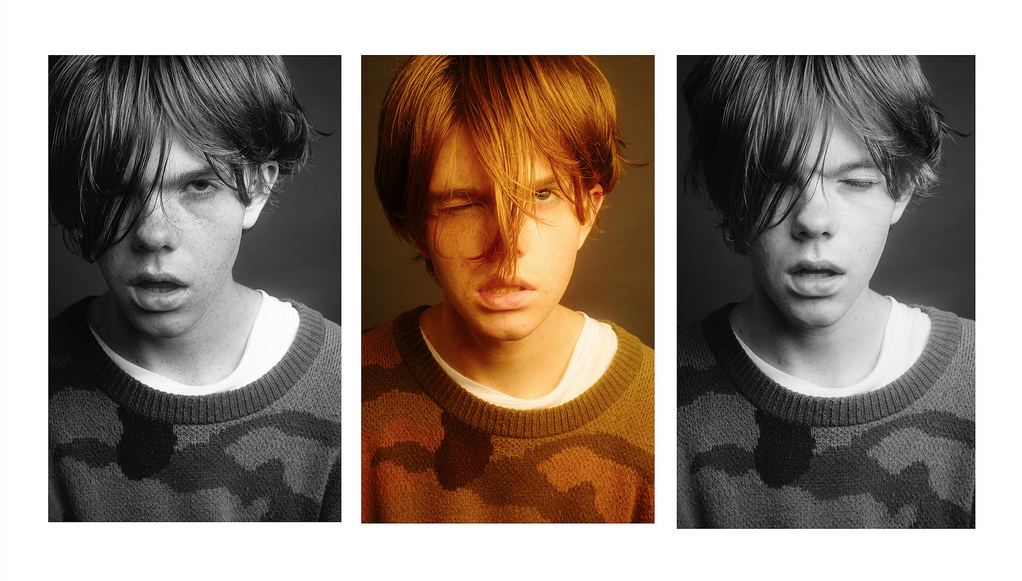In Focus: Alex Currie forges path as a full-time student and professional photographer
On any given Tuesday, there are upwards of 440 classes offered to undergraduate students at USC. On Tuesday, Sept. 5, Alex Currie wasn’t in any of them.
Instead, Currie was at the 2017 Made in America Festival in Philadelphia, an annual music event founded by Jay-Z in 2012. But he wasn’t ditching class either. Currie is part of a new breed of student — the kind of student that flies across the country because he’s actually been hired by Jay-Z’s music streaming service. Like student-athletes and student-performers, Currie has a crucial hyphen to his student status: student-professional.
More specifically, student-photographer (though he’s expanding his horizons). With his joint student and professional photographer status, he frequently leaves campus for shoots, and, at any given time during the school year, has anywhere from a handful to a bafflingly-hard-to-manage number of professional photography and video projects to attend to. Any student studying in Leavey Library may be tempted to brand Currie’s student-professional photographer lifestyle an exceptionally glamorous one, but to argue that it is undeserved is much more challenging.
Like anyone who ever became skilled at anything, Currie has been practicing for a while. Study Breaks estimated his foray into photography occurred at age 10; USC News suggested that he started out when he was 12. Neither one is right, necessarily, but also neither one is wrong: To pinpoint an exact date on which Currie started taking pictures is a fruitless endeavor.
“I’ve been in school as long as I can remember, and I’ve also been taking pictures almost as long as I can remember,” Currie said.
Practice makes perfect. And for Currie, practice has led to clients like Capitol Records, HBO, Sony Music and Warner Brothers.
Despite his professional credits and impressive accolades (Flickr’s “20 Under 20” list and Complex’s “20 Best Photographers Under 20” list, to name a few), Currie is also a student, making a conscious decision to attend college, rather than forgoing school and trying to forge a professional career at the age of 18.
Creatively, the decision to attend college has paid off. Currie is majoring in cinematic arts, film and television production at the USC School of Cinematic Arts. Studying film and exploring parts of the Roski School of Art and Design library has shaped the way Currie thinks about himself.
“I think of myself less of a photographer and more of … a person,” Currie said. “I’m exploring more creative ideas — if it’s film or photography or web-based or artistic based.”
And as a “person,” rather than exclusively a photographer, Currie has the agency to explore and pursue new fields. His scholarly pursuits, to some extent, have granted him creative freedoms.
That said, it bears repeating that Currie is also an artist. As such, he says the confines of academia limit him, for personal and practical reasons. The structure and makeup of the classroom, for example, proves to be a significant roadblock.
“It’s hard to be creative and to make really creative work in school,” Currie said. “You’re kind of just surrounded by all like-minded people, you’re in a bubble and everything you’re being taught is really theoretical.”
In other instances, the concrete constraints of USC’s campus present a different kind of creative roadblock. Accordingly, Currie feels he is more inspired away from campus, in nature or in Los Angeles. It’s there that he can separate the two environments.
Separation is a theme that looms large for a student-professional like Currie. In fact, the term “student-professional” itself might not even be entirely fitting; the two worlds are often so removed that, as Currie said, the moniker of “person” could provide a much more practical, and much less fragmented, conception of self. In any case, the lifestyle of a college student and that of a professional, though instinctively contradictory, have created a useful dynamic for Currie.
When asked if he has ever “double-dipped,” that is, used outside projects for school, he had a quick reply: “Freshman year, I had a video project due and I just submitted a slideshow of pictures instead. I was like, ‘Here! Here’s this.’”


